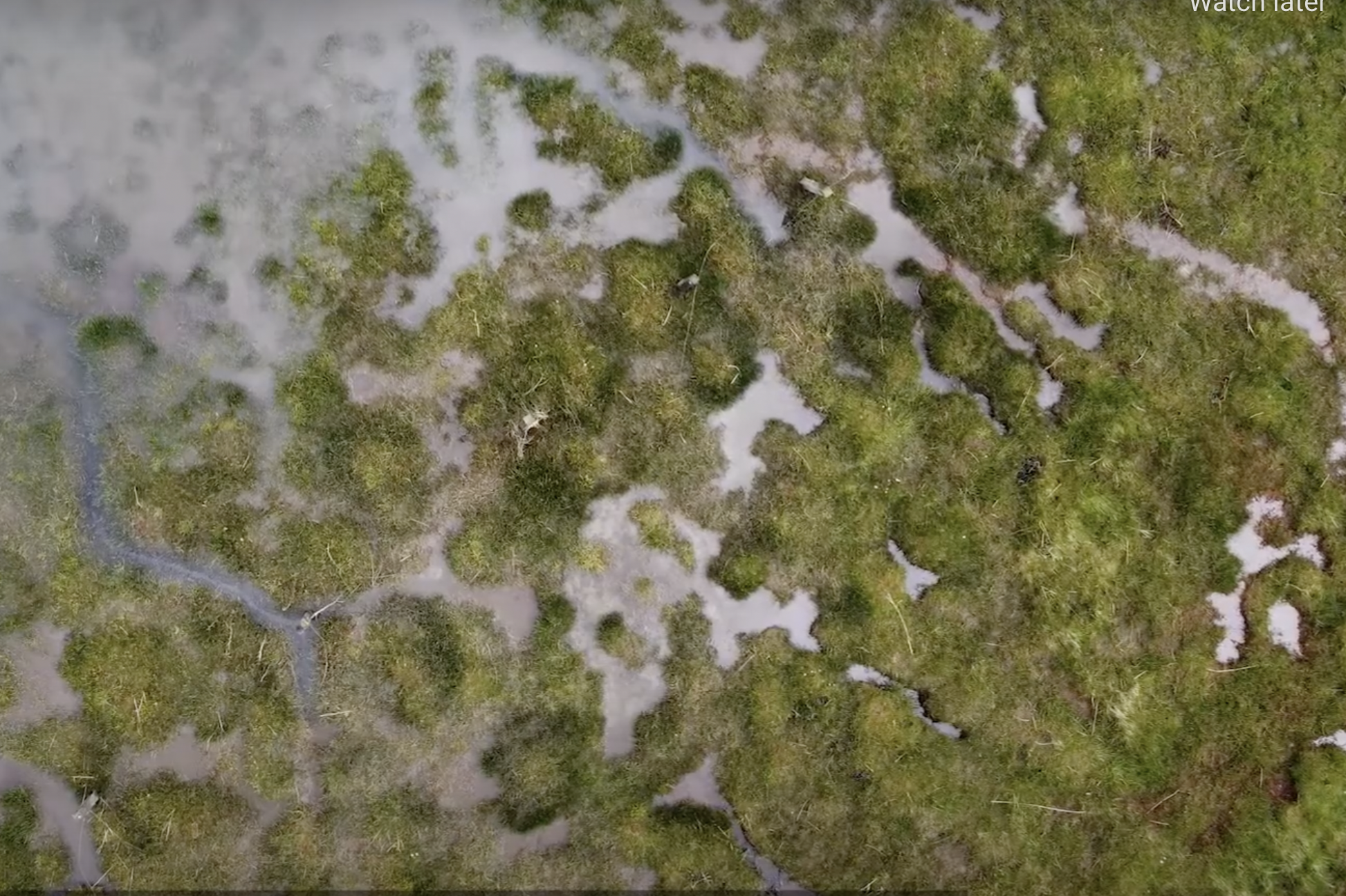Professor William Austin and Dr Craig Smeaton, of the School of Geography and Sustainable Development and the Scottish Oceans Institute, have been working with partners around the world to expand awareness of the role marine environments play in the global carbon cycle. So-called ‘blue carbon’ has historically been neglected as a carbon capture mechanism and realising its full potential has changed the climate decisions of governments, businesses and ordinary people.
Their research underwent a step-change in 2015, when Austin and Smeaton analysed sediment from sea lochs around Scotland. They discovered that the carbon storage in the sediments of these sea lochs (or fjords) were significantly higher than expected – one sea loch has the potential to store 27 million tonnes of carbon. This research supported the idea that coastal environments, and particularly Scotland’s sea lochs, are “hot spots” for carbon burial and long-term carbon capture and storage. Recently, the team, working with Handong Yang at University College London, have shown that Scotland’s sea lochs bury as much organic carbon as the entire North Sea sedimentary system, despite the area of the latter being approximately 190 times larger. The scope of the team’s research expanded in 2017, with the aim of assessing all 110 Scottish sea lochs. The team’s research was already attracting interest, and the same year they were commissioned by Scottish Natural Heritage to assess carbon storage in Scotland’s Inshore Marine Protected Area (MPA) Network.
Assessing the MPAs (Click to expand)

Scotland’s Marine Protected Areas cover roughly 37% of Scottish seas and promote nature and heritage conservation as well as biodiversity and sustainable management. The team worked with the Scottish Association for Marine Science (SAMS) to determine the carbon storage ability of the inshore MPAs; the first national assessment of this kind in the world.
The group found that over 600 million tonnes of carbon were stored in the surface sediment of Scotland’s lochs and fjords, the equivalent of Scotland’s entire greenhouse gas emissions for four years. What’s more, they were accumulating up to 40,000 additional tonnes a year. The group found that, in total, Scottish marine stores were 18 times larger than terrestrial stores including forests and peatland.
The St Andrews team has initiated and led a considerable proportion of Scottish work on sedimentary blue carbon. This helped the Scottish Government understand the significance of marine carbon storage and has influenced climate policy both directly and indirectly through research seminars, government briefings, parliamentary committee hearings and partnerships. In her keynote speech at Scotland’s 2019 International Marine Conference, the Scottish First Minister publicly acknowledged the important work of the St Andrews team. The research has led to changes to government practice, not least in August 2021, when the Scottish Government set-out a new commitment to protection of the marine environment, including Scotland’s blue carbon “hot spots”. Commissioned work has followed from the Scottish Government, including work by the team to assess sedimentary carbon stocks as part of a wider ecological assessment for Orkney’s Marine Planning Analysis. This was the first time that blue carbon had been included alongside habitat assessment and marine spatial planning in such an audit – an important environmental and political milestone.
In July 2021, Austin led a multi-institutional team to exhibit at the Royal Society’s Summer Science Exhibition, connecting work on blue carbon to its potential to help tackle climate change; this is the UKs largest annual public engagement with science event. Austin has also been called upon by the media and recently gave an interview to explain the climate mitigation potential of blue carbon in the wider context of Scotland’s natural capital and the UK’s only marine “Hope Spot”.
Additionally, Austin, Smeaton and colleagues reached new audiences through a partnership with ClimateXchange, which allowed them to communicate their research findings directly with the public through a series of events and the production of a short film, Peat, soil and sea: Managing carbon in Scotland. The team’s Blue Carbon Quest initiative has engaged primary school-age children by giving them contact with scientists from the University of St Andrews and engaging them in real-world activities, such as collecting soil samples and visiting wetlands. By reaching people from all walks of life, the Blue Carbon Team are ensuring their research is being translated into real-world change. Given the huge potential of marine sediments for carbon storage, this is not just a success for Austin and Smeaton, but for the planet itself.
In 2021, Austin was appointed by the Scottish Government to Chair the Scottish Blue Carbon Forum and is currently preparing for COP26, where he will speak at the UN ‘blue zone’ on behalf of the Scottish Government. He has also recently been invited to give evidence to a House of Lords Enquiry on Nature-based Solutions for Climate Change, where he contributed to a discussion for the potential of blue carbon habitats to be incorporated into the UK Greenhouse Gas inventory.

